Blog

Manel of craft and music
Did you know that our warping posts and tapestry looms are made here in Porto by Manel Toga? We have been working with Manel for over 10 years, since the time he worked at Missom (where he also made our Portuguese spindles, which are still in high demand!).
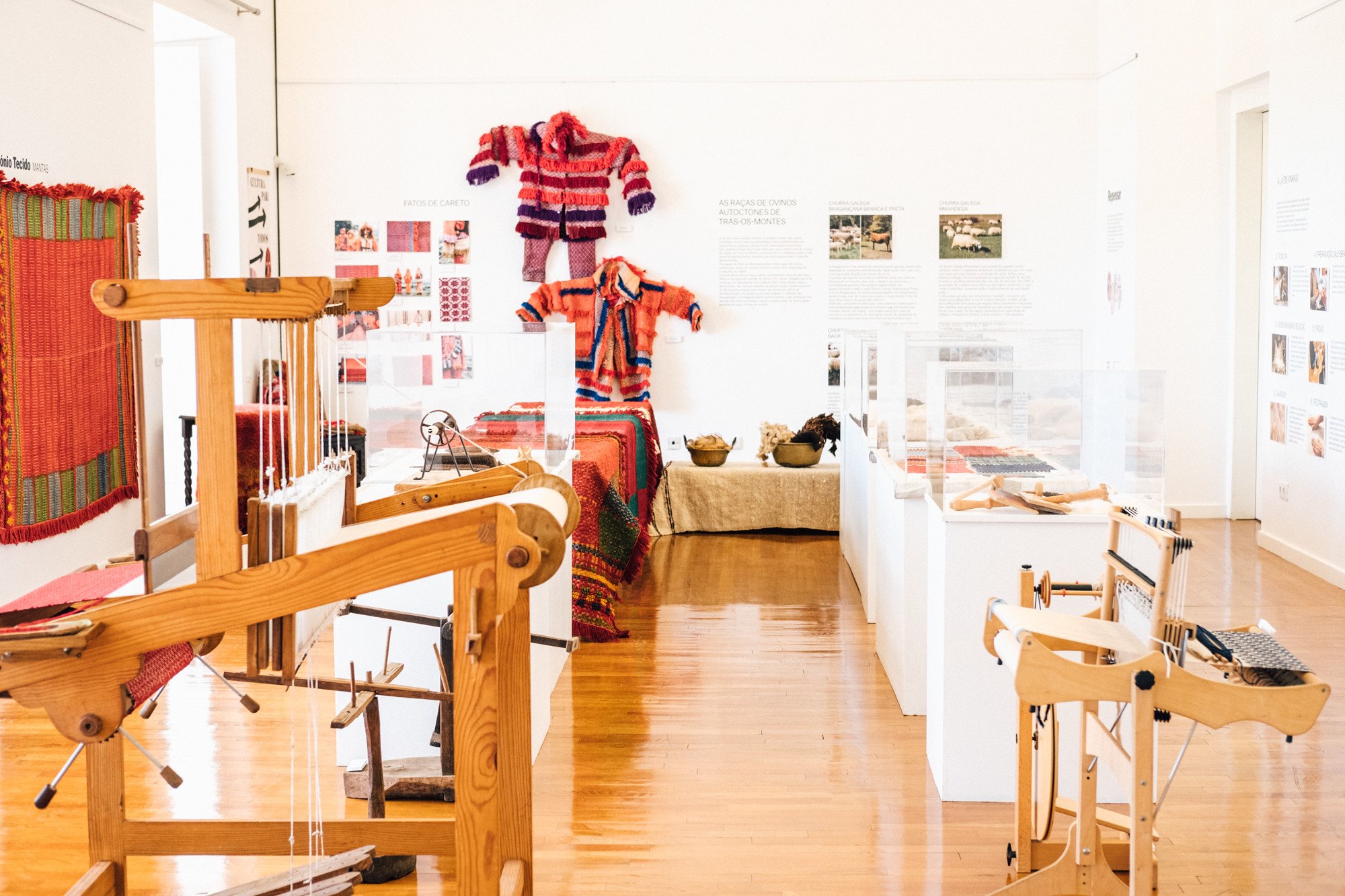
The Same But Different: Revisiting, Rethinking and Renewing the Wool Crafts in Vinhais
Our intervention in the “Culture for All in Vinhais” project culminated in an exhibition that we inaugurated last August and which tells the story of the work we've been doing for almost two years.
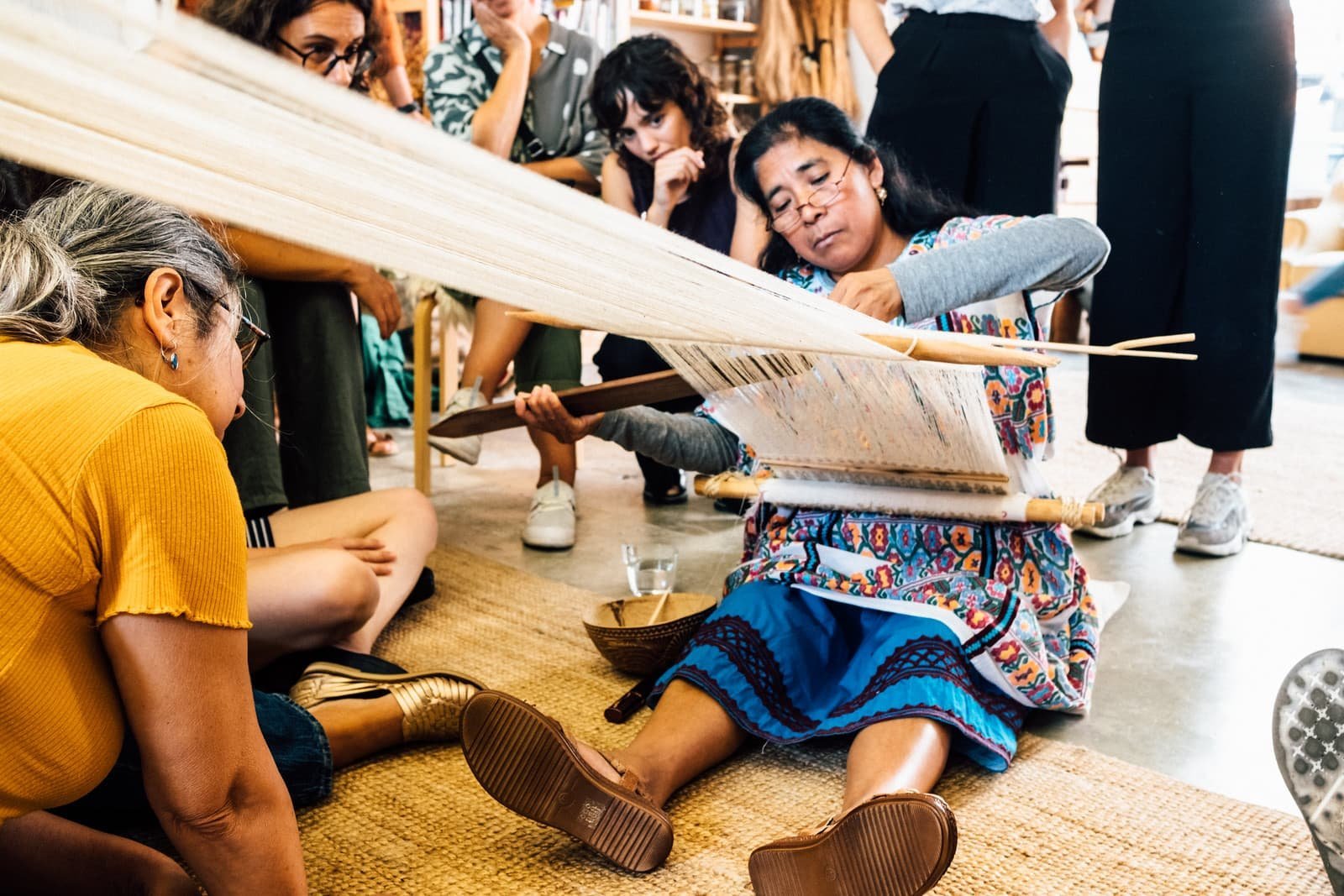
Two days of Amuzga culture at Saber Fazer
It was a very special two days indeed, when we welcomed Gabina Valentína, an Amuzga weaver from Xochistlahuaca, and Inês Queirós from the TuYo Foundation (responsible for bringing her to Europe), to spread the word about their culture and the Mexican backstrap loom weaving technique. Gabi has only been to Amsterdam, Barcelona and Porto during her first European tour, so it was a real privilege to have her here!
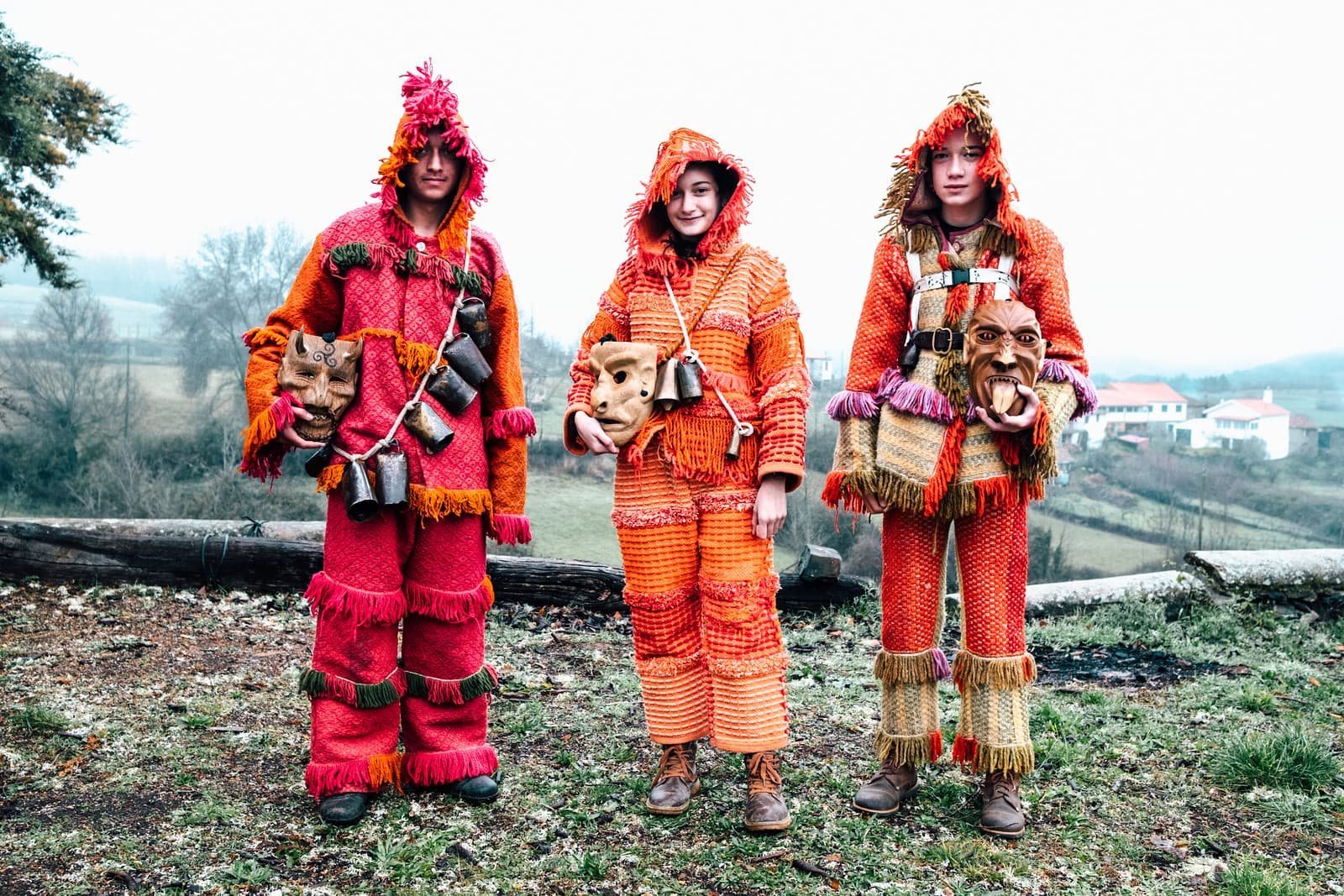
Culture For All in Vinhais - Arts and Crafts
One of the projects we're very pleased to be working on this year is Culture for All in Vinhais, which will include workshops and themed workshops in the areas of Arts and Crafts, Theater and Performing Arts, Music and Dance, all areas with a very rich cultural heritage in Vinhais. The area we will be responsible for, as you can imagine, will be Arts and Crafts.
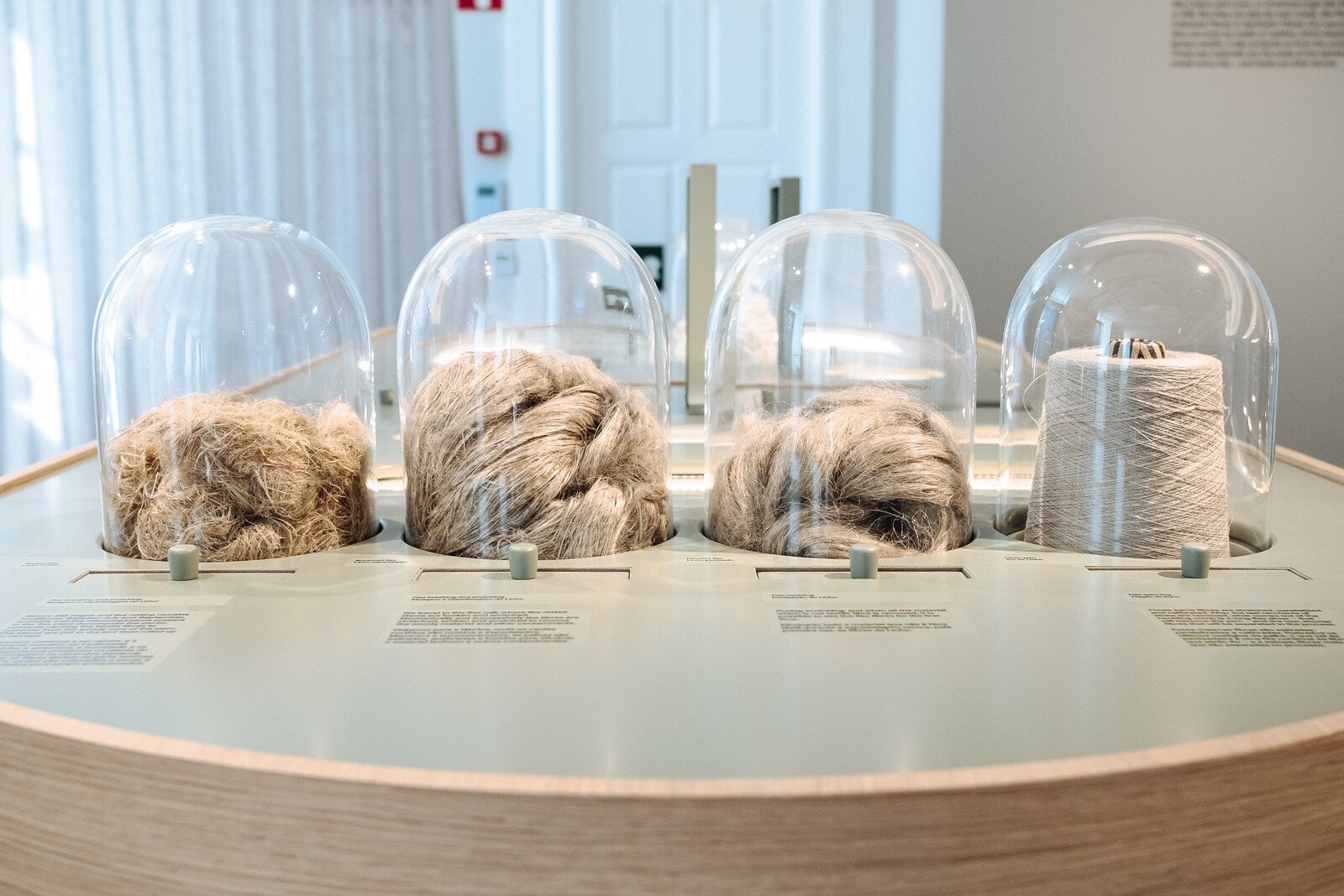
Saber-fazer at the Museum of Fashion and Textiles
The Museum of Fashion and Textiles opened a few days ago in Vila Nova de Gaia, a new museum dedicated to fashion and the history of the Portuguese textile industry. At the beginning of the exhibition circuit, there is a part of the exhibition dedicated to raw materials, right down to yarn, and weaving, which had our contribution in the form of technical and scientific consultancy, the production of texts, content and the supply of all the exhibition materials.

Learning to weave with the King
Fantastic and intense was the Introduction to Weaving Workshop with Fernando Rei that we had last weekend, January 13th and 14th.

Learn how to weave, dye, felt and work with Portuguese wool
The October workshops start on October 15 and will take place over three weekends, teaching how to weave, dye, felt and work wool from raw fleece to yarn, at Quinta de Serralves.

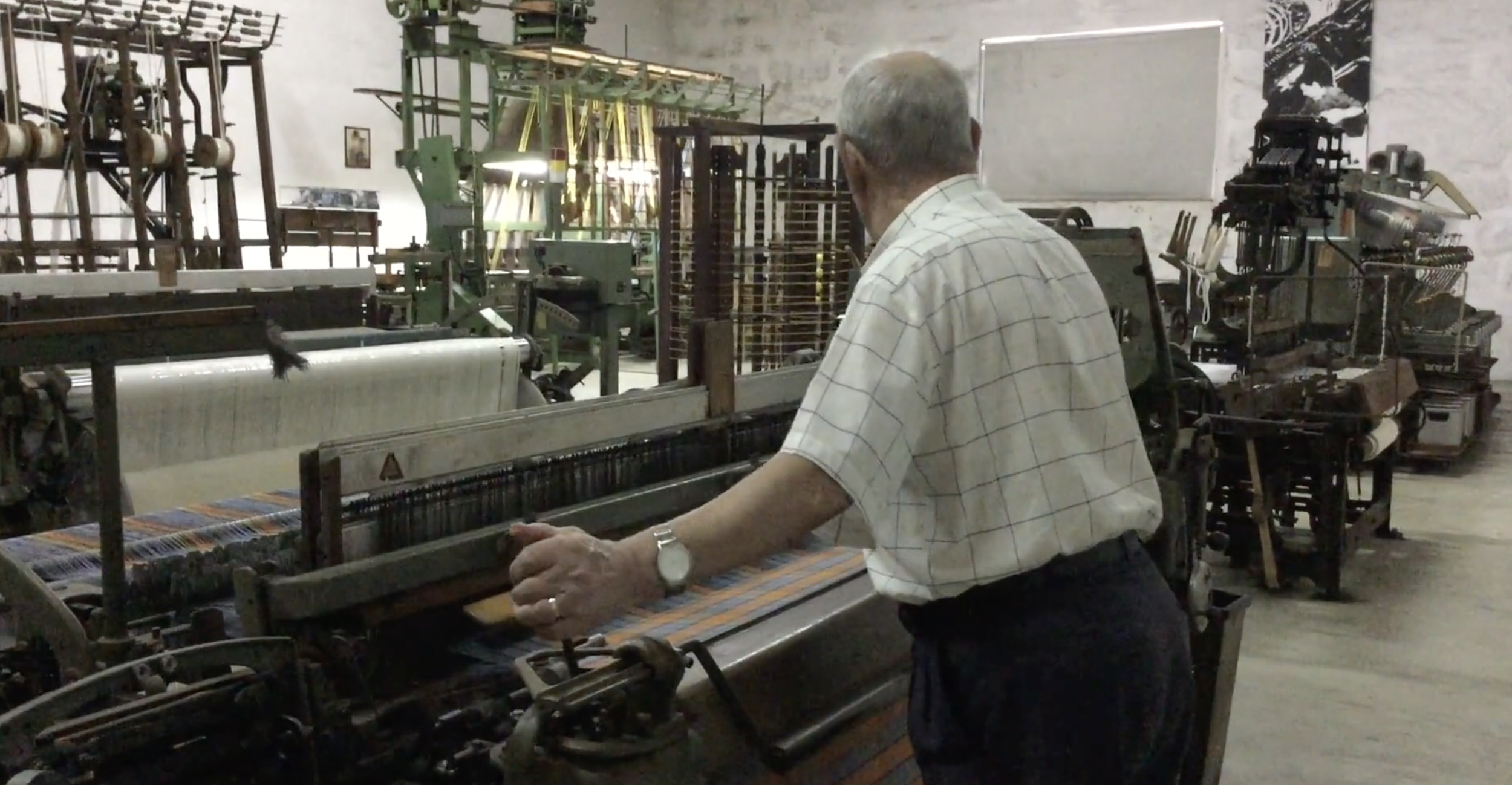
At the Textile Industry Museum of the Ave region
At the Textile Industry Museum of the Ave region, the mechanical looms still work and they sound like music to me.
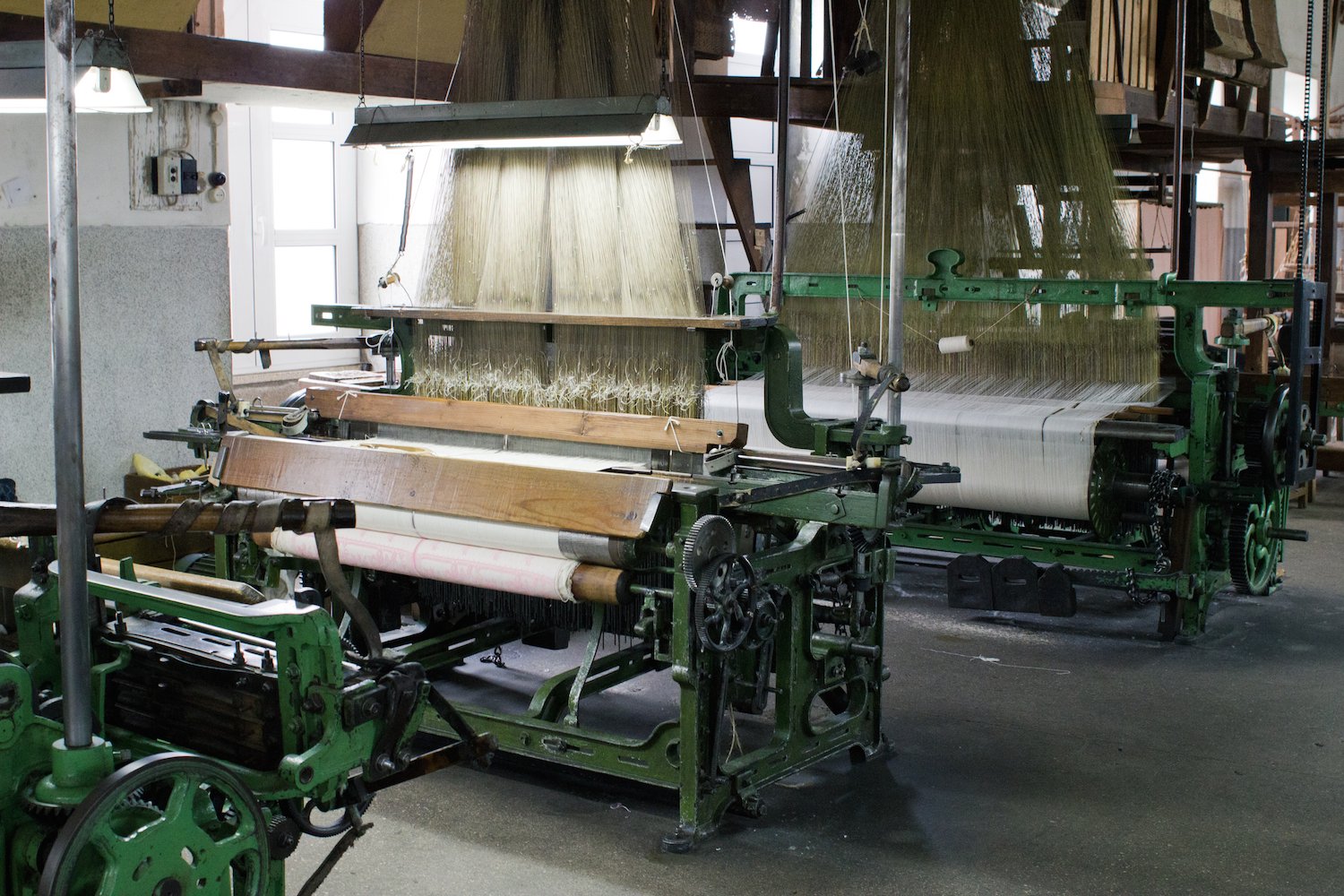
A matter of perspective
I've written about the case of Daniel Harris before, in 2012, but it's a case I want to revisit because his work has grown and consolidated in the meantime, and he's now a proven example of what I wanted to show at the time.

The first experiments
Although I'm buried in work and do not have the time to write all the posts I need to write, I had to come here and share Guida Fonseca's first experiments with some of the wools she discovered through our ongoing small Portuguese Wools study, in her own work.

Work in progress with Guida
Last time I went to Lisbon, I took the opportunity to visit Guida Fonseca and work with her on what I hope to be Saber Fazer's next little book. With Guida involved it's not a surprise that it will have something to do with the beautiful craft of weaving.

Tempereiro
Tempereiro is the portuguese name for the metal ruler that is used to stretch the fabric on the loom, so that it doesn’t shrink while weaving.

Fátima Gomes, Weaver
Fátima Gomes's rugs have stayed in my memory since I first saw and touched them last August. There's a rustic side to them that respects the natural beauty of the wool and, at the same time, manages to be incredibly sophisticated in its simplicity.

Winding the Warp
Since there are fewer traditional handlooms around and the people that have them work less each day, having the opportunity to help making a warp is a rare event. I had noticed that D.Ilídia's loom warp was almost over, so I kept insisting with her to make a new one.

Lúcia, Professional Weaver
In the short visit I paid to D. Lúcia, she showed me her loom, many of the blankets she weaves and even let me borrow the “drafts” she has. Unlike most of the weavers I've met, Lúcia weaves professionally full-time, on commission.

Women of Bucos
At the Casa da Lã (house of wool), the wool is still transformed through artisanal processes by a group of women that gets together every thursday to work and talk – the Women of Bucos.

Casa do Trabalho do Nordeste
As time went by, wool has become my favourite material to work with. Although I don’t use it in all its varieties (I don’t knit, for example), I have come to discover many of its possibilities, qualities and beauty.

